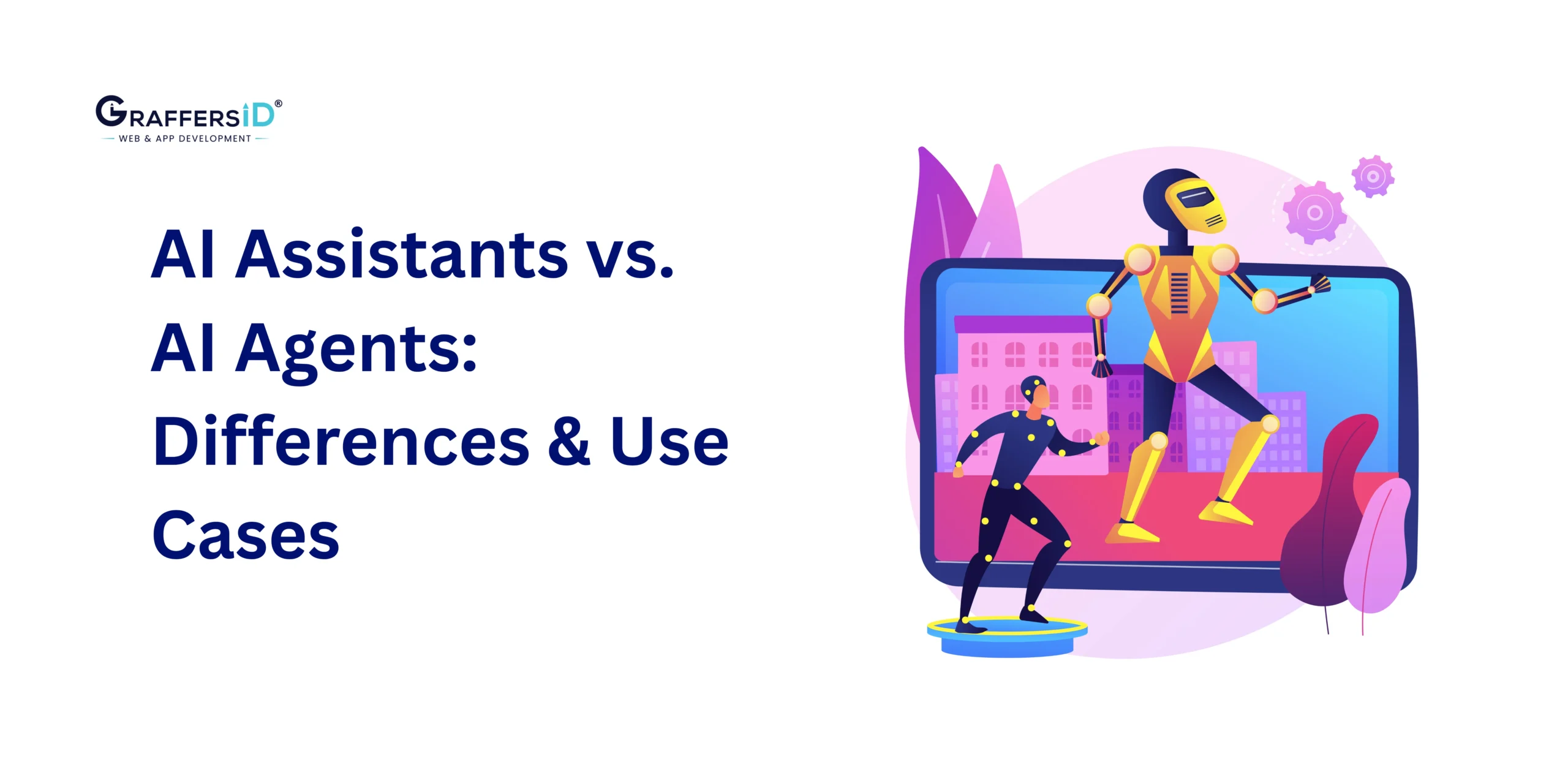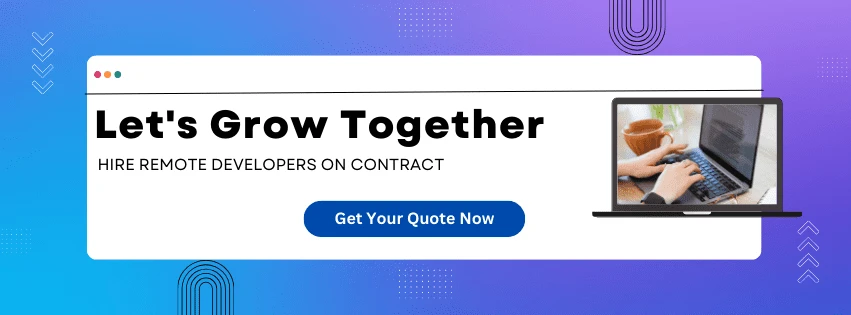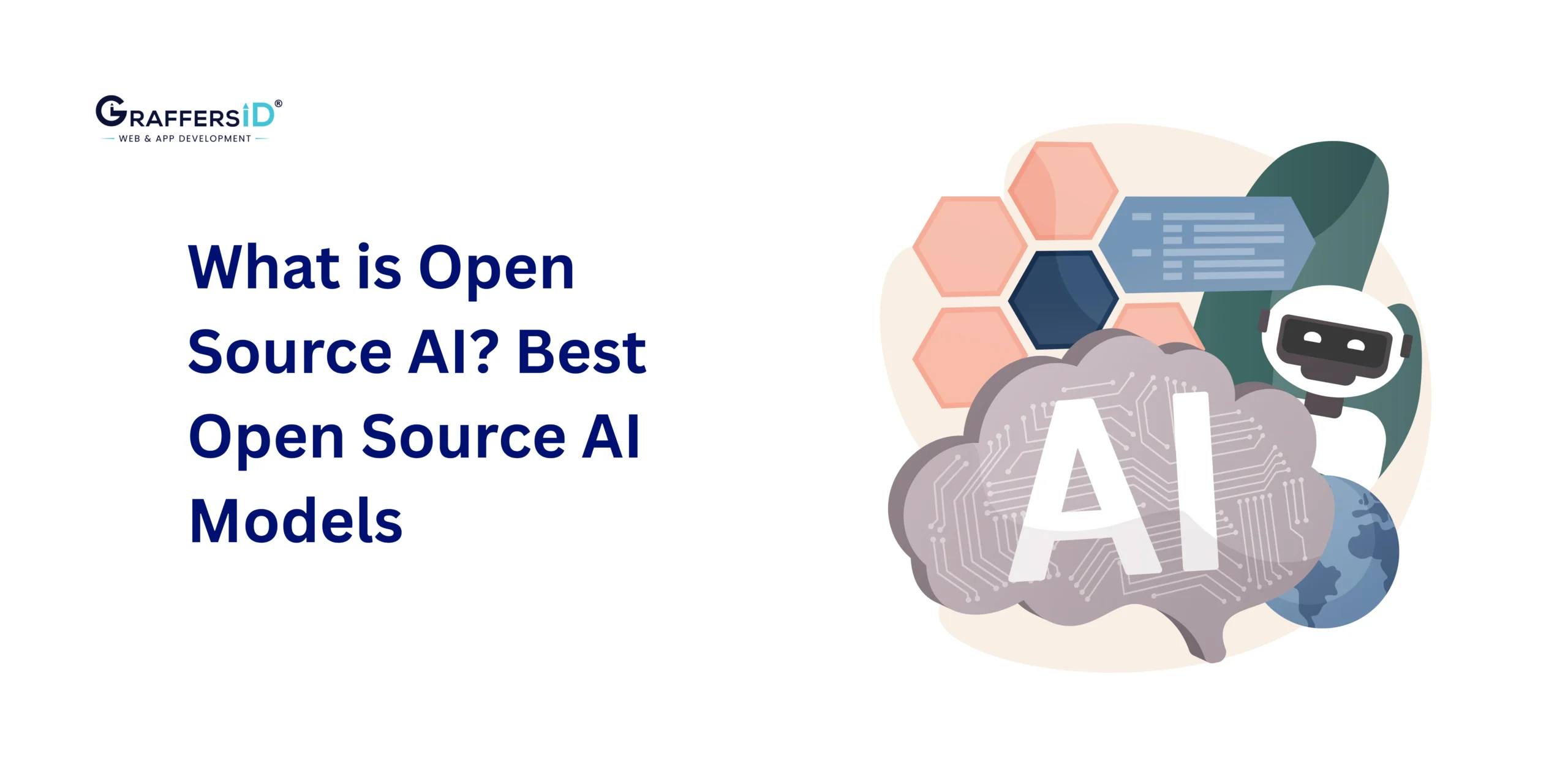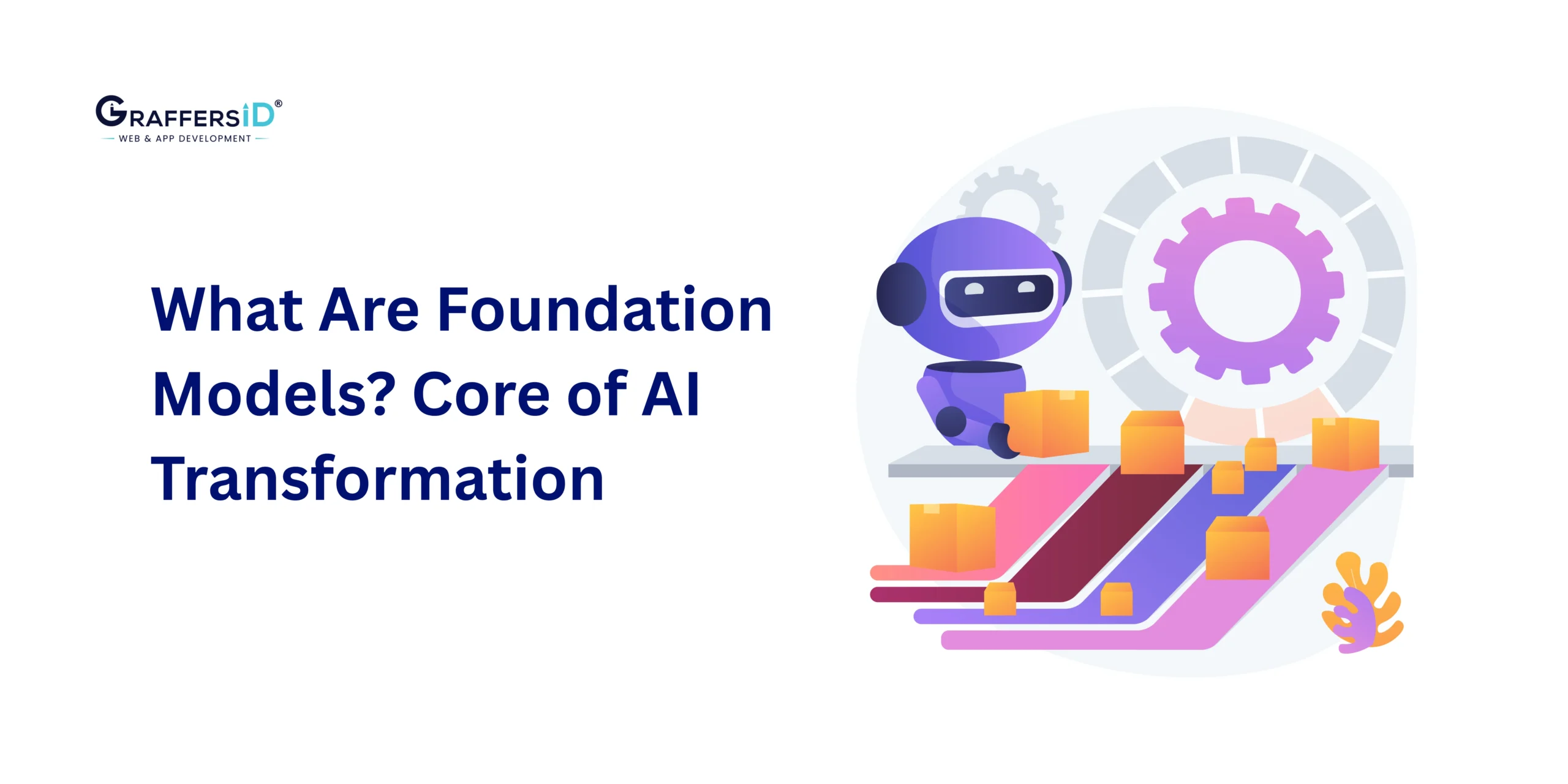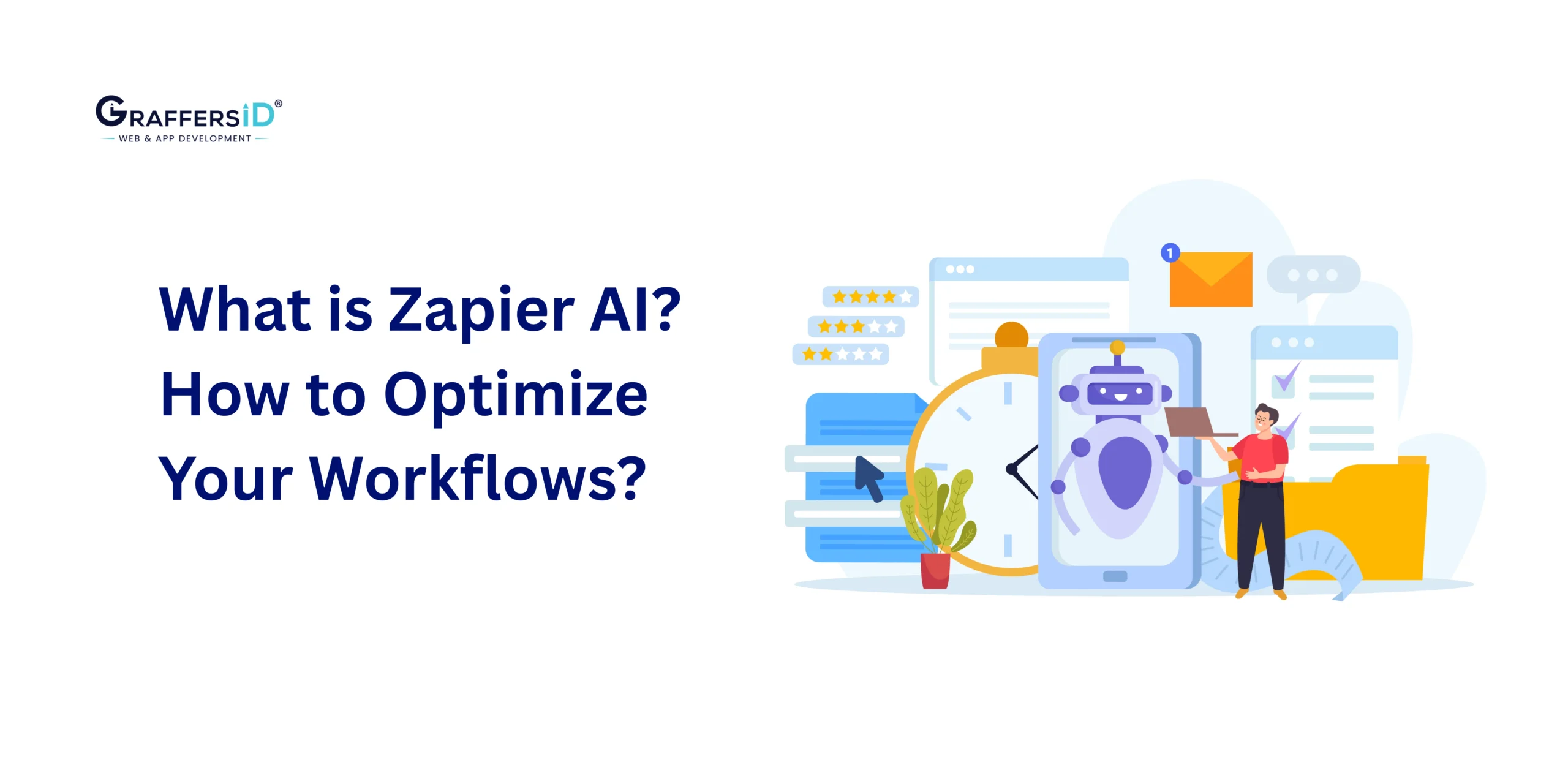Artificial Intelligence is no longer just a back-office helper; it’s now steering business strategy, driving automation, and shaping competitive advantages in 2026. But here’s where many leaders stumble: they use AI Assistants vs. Agents interchangeably, even though these two technologies operate on completely different levels.
Think of it this way: an AI assistant is like a skilled secretary, efficient, reliable, but waiting for your instructions. An AI agent, on the other hand, acts more like a business partner, capable of taking initiative, making decisions, and running complex workflows without constant supervision.
For CTOs, CEOs, product heads, and operations leaders, this distinction determines productivity, scalability, and long-term competitive edge.
In this blog, we’ll break down the real differences between AI assistants and AI agents in 2026, explore their features, levels of autonomy, and practical enterprise use cases, helping you decide which AI approach aligns best with your business goals.
What Are AI Assistants? (Definition in 2026)
An AI assistant in 2026 is a prompt-based digital tool that helps users complete tasks only when instructed. Unlike autonomous AI agents, assistants are reactive; they wait for human input to answer questions, provide recommendations, or execute actions. They’re widely used for productivity, smart control, and customer support but remain limited in autonomy.
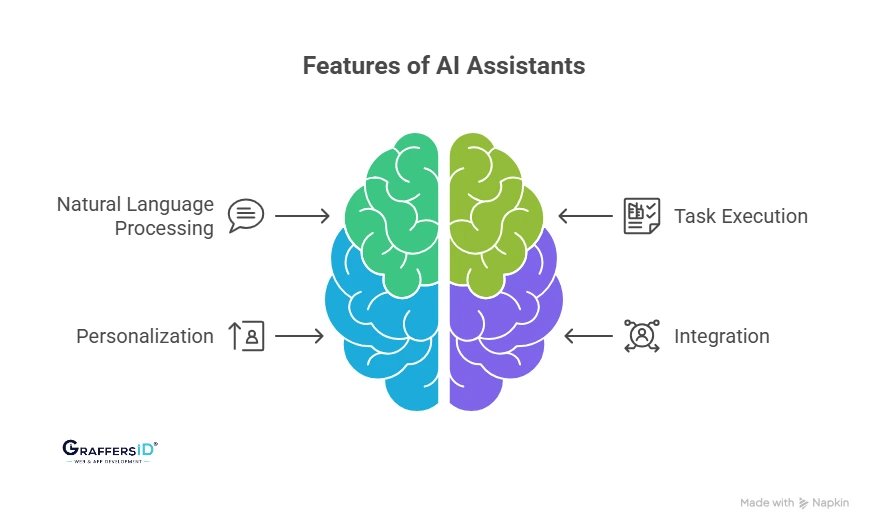
Key Features of AI Assistants in 2026
- Natural Language Processing (NLP): Understands human-like commands in text or voice.
- Task Execution: Sets reminders, schedules meetings, sends messages, and handles simple automation.
- Personalization: Learns from user preferences to deliver more relevant suggestions.
- Integration: Connects with apps, calendars, emails, and IoT devices for smooth workflows.
Popular AI Assistants in 2026
Here are the top AI assistants and their strengths:
- Siri (Apple): Voice-first assistant, optimized for Apple’s ecosystem and iOS devices.
- Alexa (Amazon): Dominant in smart homes and voice-driven e-commerce.
- ChatGPT (OpenAI): A leading text-based AI assistant for content creation, coding help, and business productivity.
- Google Assistant, Meta AI, Bixby: Niche players offering ecosystem-specific strengths in Android, social apps, and Samsung devices.
Read More: Which OpenAI ChatGPT Version Should You Use in 2026? (Complete Business Guide)
Limitations of AI Assistants in 2026
Despite their popularity, AI assistants still face challenges:
- Require explicit prompts to act.
- Have limited memory compared to advanced AI agents.
- Lacks true autonomy and proactive decision-making.
What Are AI Agents? (Definition in 2026)
In 2026, an AI agent is more than just a chatbot, it is an autonomous AI system that can plan, execute, and adapt actions to achieve specific business or personal goals with minimal human input. Unlike traditional AI assistants, AI agents can operate continuously, learn from experience, and make real-time decisions.
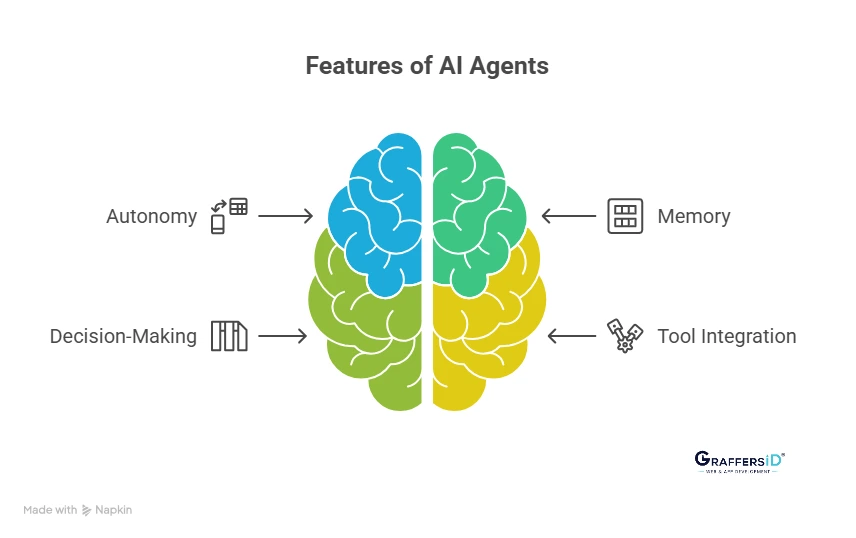
Key Features of AI Agents in 2026
- Autonomy: Once set up, they run independently without needing step-by-step human instructions.
- Memory: They store past interactions and continuously improve performance over time.
- Decision-Making: They dynamically adjust workflows and strategies based on context and new data.
- Tool Integration: They connect seamlessly with APIs, databases, SaaS platforms, and enterprise systems, making them proactive problem-solvers instead of passive tools.
Want the full breakdown on AI Agents? Read our in-depth blog now.
Leading AI Agents in 2026
Here are some of the most widely used AI agents today:
- Claude (Anthropic): Strong in reasoning, document automation, and compliance-heavy workflows.
- AutoGPT 3.0: Enterprise-ready with modular design, multi-model support, and deep tool integration.
- LangChain Agents: Popular among developers for building custom AI pipelines and tailored business workflows.
- CrewAI, Smolagents, LangGraph: Built for multi-agent collaboration and large-scale automation in enterprises.
Limitations of AI Agents in 2026
Despite their advancements, AI agents still face challenges:
- Complex Setup: Requires technical expertise to design, train, and integrate effectively.
- High Resource Usage: Running autonomous systems can demand significant computing power.
- Hallucinations: Agents may still produce inaccurate or misleading outputs without proper guardrails.
- Security Risks: Integration with business-critical tools makes data privacy and compliance crucial.
Evolution of AI: From Automation Tools to Fully Autonomous Agents
AI doesn’t just fit into the category of “assistants vs. agents.” Instead, it operates along a spectrum of autonomy, ranging from simple automation tools to advanced, self-sufficient systems. Here’s how the evolution looks in 2026:
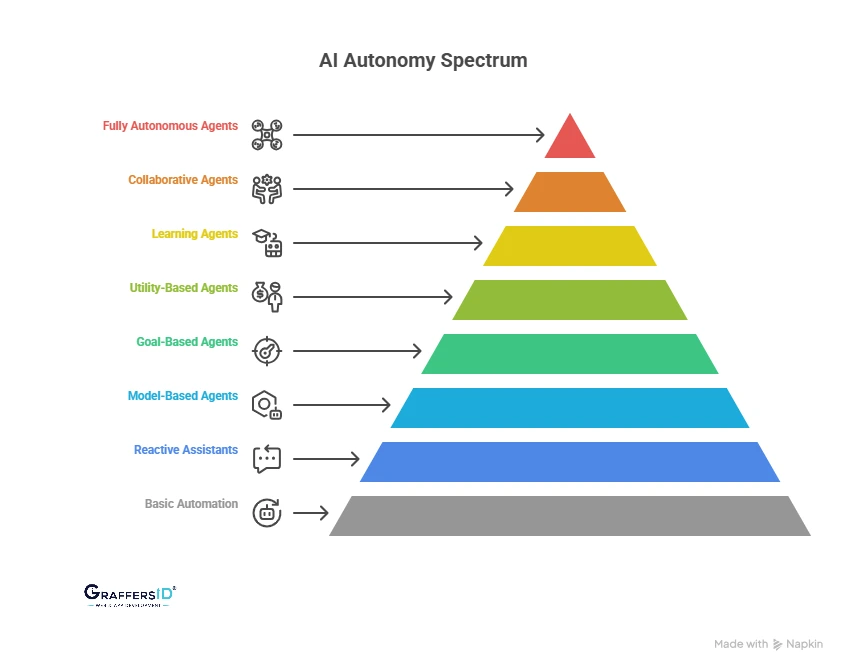
1. Basic Automation (Macros & RPA Scripts)
- Rule-based, repetitive task automation
- No real intelligence, only follows pre-set commands
2. Reactive AI Assistants (e.g., Siri, Alexa)
- Prompt-driven responses
- Executes tasks only when triggered by the user
3. Model-Based AI Agents (Smart Devices)
- Context-aware automation, such as Roomba vacuums or smart irrigation systems
- Operates with limited models of the environment
4. Goal-Based AI Agents (Navigation & Self-Driving Cars)
- Task-focused systems that work toward defined goals
- Examples: GPS route planning, autonomous driving
5. Utility-Based AI Agents (Optimization Systems)
- Choose actions that maximize efficiency or results
- Examples: Uber ride-matching, logistics fleet allocation
6. Learning AI Agents (Adaptive Systems)
- Improve continuously based on data and feedback
- Examples: spam filters, fraud detection in banking
7. Collaborative AI Agents (Multi-Agent Systems)
- Multiple agents working together to solve large-scale challenges
- Examples: supply chain optimization, air traffic control
8. Fully Autonomous AI Agents (Self-Sufficient Decision-Makers)
- Operate independently without human input
- Examples: robotic warehouses, fully autonomous vehicles
Levels of AI Autonomy for Businesses in 2026
AI autonomy can be understood using a framework similar to autonomous driving levels. Each stage reflects how much independence an AI system has in decision-making and execution:
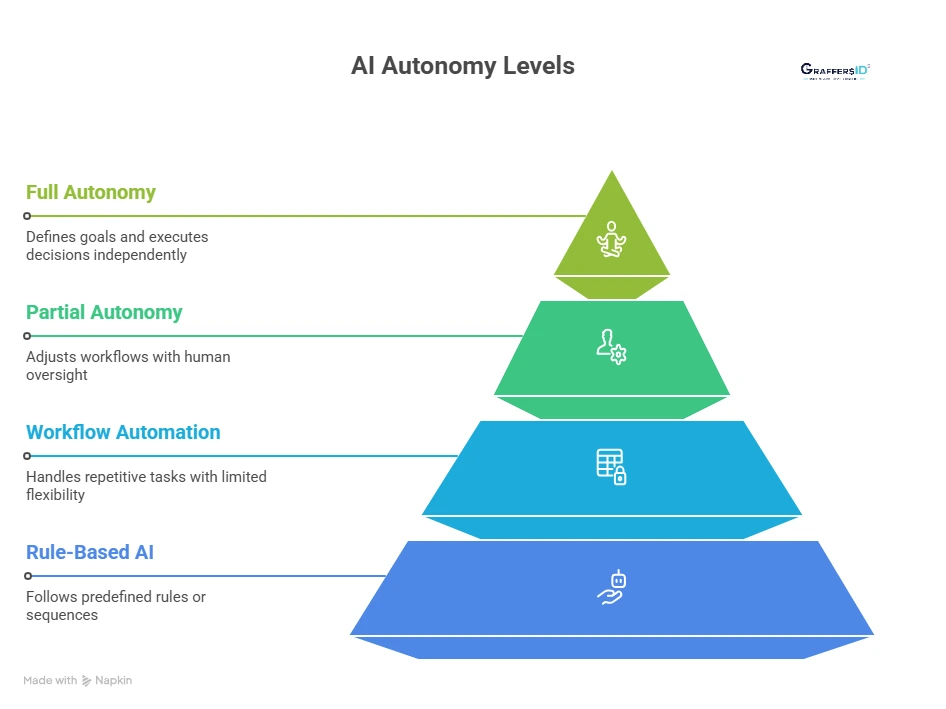
Level 1: Rule-Based AI
- Follows predefined rules or sequences.
- Examples: RPA bots, macros, basic automation tools.
Level 2: Workflow Automation
- Handles repetitive tasks with limited flexibility.
- Executes processes but cannot adapt beyond programmed instructions.
Level 3: Partial Autonomy
- AI adjusts workflows in real time with human oversight.
- Common in intelligent agents that recommend strategies but require approval.
Level 4: Full Autonomy
- AI defines goals, adapts strategies, and executes decisions independently.
- Minimal or no human intervention needed.
Read More: What is Generative AI and How Does It Affect Software Development?
AI Autonomy in 2026: How Businesses Are Using It Today
- AI Assistants (like chatbots, productivity tools): Mostly at Level 1–2
- AI Agents (autonomous problem-solvers): Progressing toward Level 3–4
AI Assistants vs. Agents: Key Differences Explained (2026)
| Feature | AI Assistants | AI Agents |
| Mode | Reactive, prompt-based | Proactive, autonomous |
| Autonomy | Low | High |
| Memory | Session-based, limited | Persistent, cross-session |
| Learning | Minimal, static | Adaptive, real-time |
| Decision-Making | Narrow, rule-based | Strategic, goal-oriented |
| Task Scope | Single-step tasks | Multi-step, end-to-end workflows |
| Tool Use | Uses when prompted | Selects & integrates tools freely |
| Context Handling | Limited | Maintains evolving context |
| Examples | Siri, Alexa, ChatGPT | Claude, AutoGPT, LangChain |
Key Takeaway: AI Assistants vs. Agents
- Use AI Assistants: Conversational queries, simple automation.
- Use AI Agents: Enterprise-grade workflows, strategic automation.
Top Business Use Cases of AI in 2026
Artificial intelligence is no longer limited to simple tasks; it is now powering both AI assistants and AI agents for business and personal productivity. Here’s when to use each:
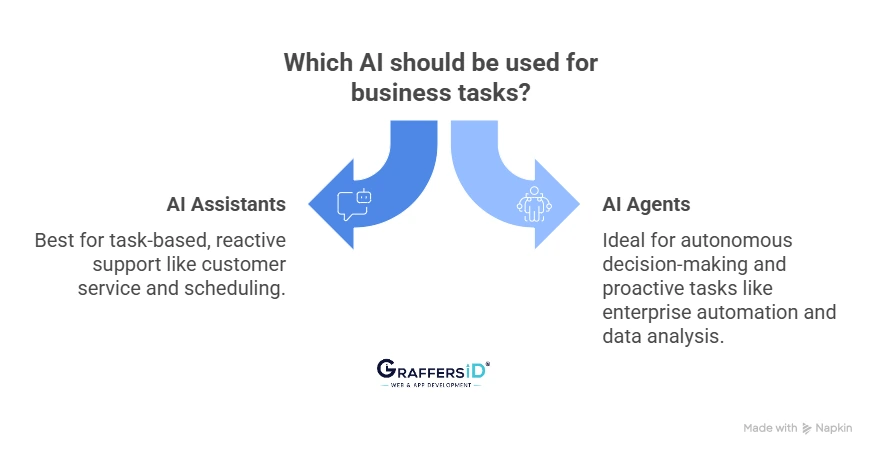
When to Use AI Assistants?
AI assistants are best for task-based, reactive support:
- Customer FAQs & Chatbots: Instant replies for customer queries.
- Scheduling & Reminders: Calendar booking, task management.
- Voice Commands: Smart homes, cars, and voice-enabled devices.
- Quick Content or Code Generation: Drafting emails, blogs, or basic code snippets.
When to Use AI Agents?
AI agents go beyond simple assistance, offering autonomous and proactive decision-making:
- Enterprise Automation: HR onboarding, payroll, and invoice approvals.
- Data-Driven Decisions: Fraud detection, investment portfolio management.
- Operations Optimization: Supply chain, logistics, and fleet management.
- Knowledge Work: Automated research, compliance checks, and market intelligence.
Read More: What Is Agentic AI? How Autonomous AI Agents Are Transforming Software Development in 2026
Future Trends of AI (2026 & Beyond)
Looking ahead, AI will keep transforming industries. Key AI trends for 2026 and beyond include:
- Agentic AI at Scale: Enterprises will deploy autonomous AI agents for end-to-end workflows.
- Personalized AI Assistants: Smarter assistants tailored to individual work and lifestyle needs.
- AI + Automation in Business Operations: From HR to finance, AI will optimize repetitive processes.
- Trustworthy AI & Compliance: Increased focus on AI governance, regulations, and responsible use.
- AI-Powered Decision Making: Predictive analytics driving real-time business strategies.
- Voice-First & Multimodal Interfaces: Combining text, speech, and visuals for seamless experiences.
Conclusion: Choosing the Right AI for Your Business in 2026
The key difference between AI assistants and AI agents is not about which one is more advanced, but which one aligns best with your business needs in 2026.
- AI Assistants excel at improving customer experience, handling single tasks, and supporting human interactions.
- AI Agents are designed for autonomous workflows, end-to-end execution, and business scaling without constant supervision.
Looking ahead, enterprises can expect hybrid AI models that combine conversational intelligence with autonomous decision-making, unlocking both efficiency and scalability.
For CTOs, CEOs, and decision-makers, the most important question is:
“Which AI strategy, assistant, agent, or hybrid, will deliver the most ROI for my business goals?”
At GraffersID, we specialize in building custom AI assistants, AI agents, and enterprise-grade AI solutions tailored to your workflows. Whether you’re aiming for smarter customer support, automated operations, or scalable AI-driven growth, our experts can design the right AI roadmap for you.
Let’s discuss how we can implement the right AI strategy for your business in 2026. Contact GraffersID today!
